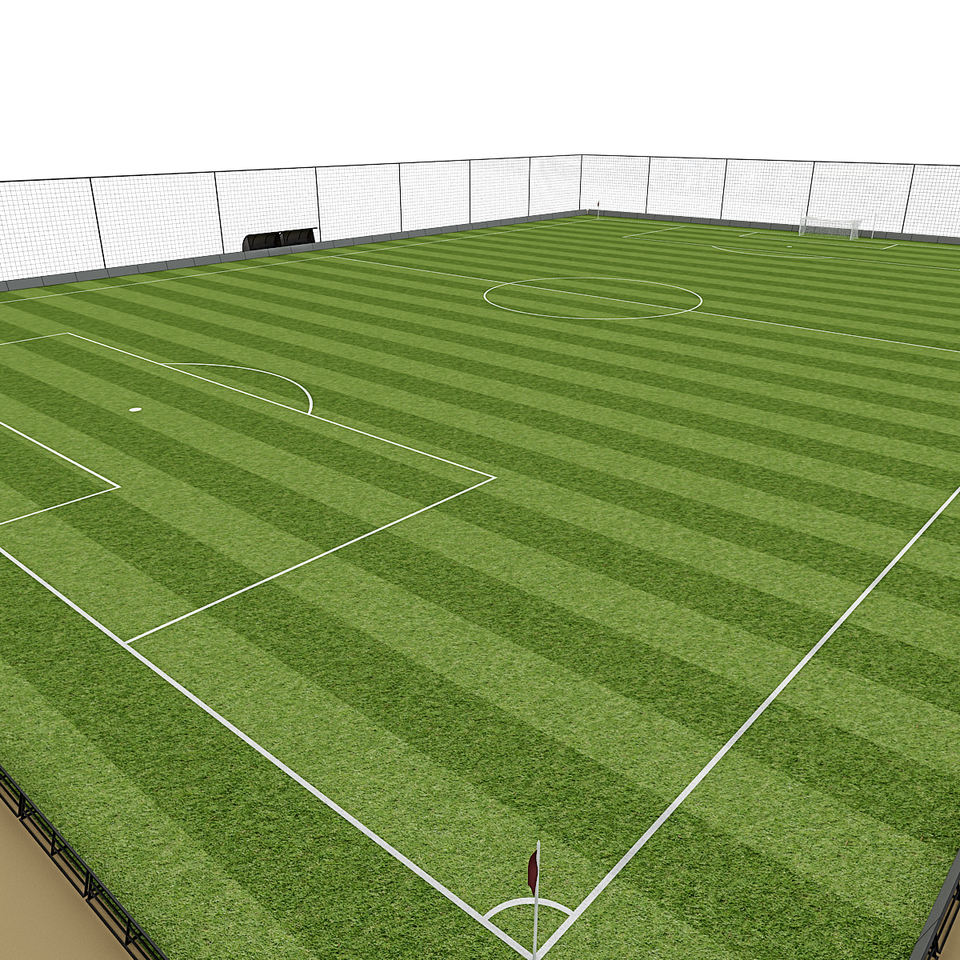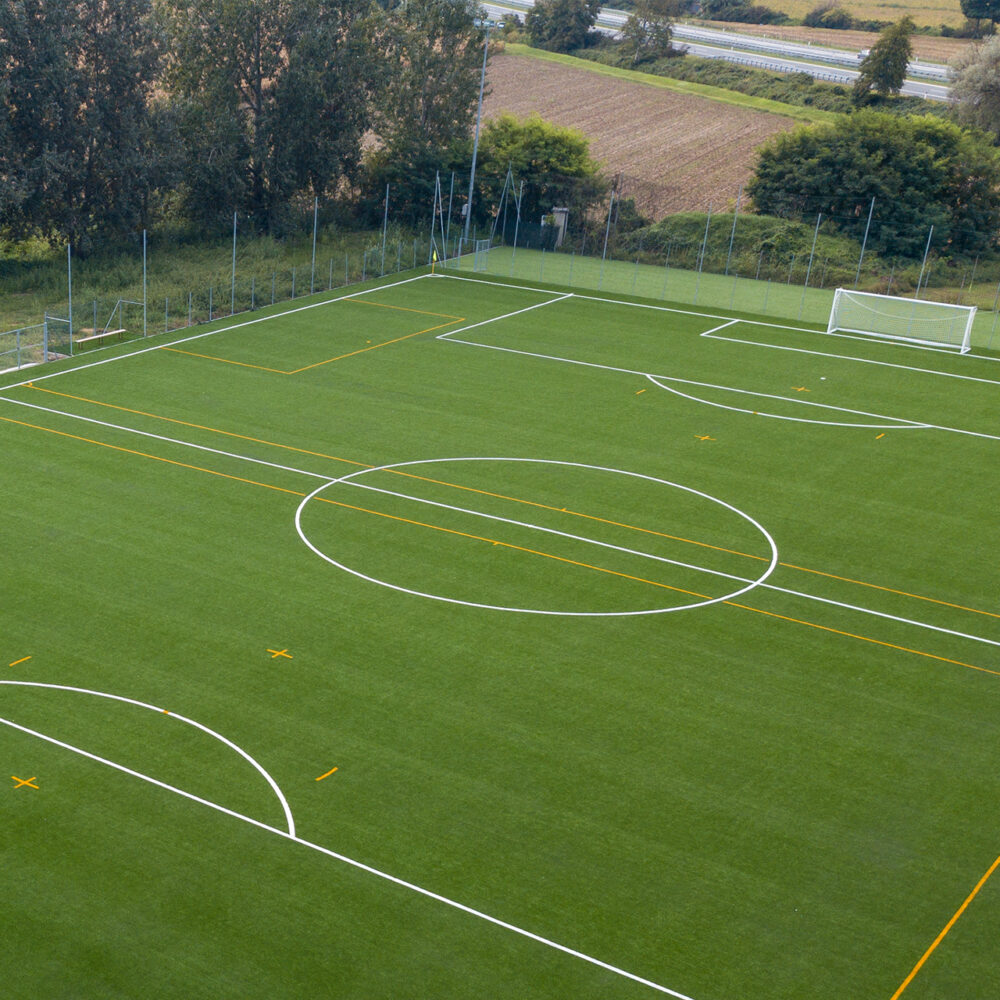Introduction to Football Pitches
What is a football pitch? A football pitch is where the magic of the sport unfolds. It’s not just grass and lines; it’s the stage for athletes to showcase their skills. Let’s dive into what makes a football pitch not only functional but also a crucial part of the beautiful game.

First, let’s define what is a football pitch. It is a field with specific measurements for playing football. The surface can be grass, artificial turf, or other materials approved by football associations. Its design and upkeep affect how the game is played. Good pitches can enhance the flow of the game, while poor ones can hinder players’ performance.
To truly appreciate a football pitch, one must understand its components. These include its size, which should meet certain standards. Then, there are the markings that guide play, like the halfway line and penalty areas. Each line has a purpose, and together, they form the blueprint of the game.
Finally, we can’t overlook the importance of maintenance. The condition of the pitch has a direct impact on the game’s quality. Regular care ensures a level playing field, quite literally, and helps prevent injuries.
In summary, a football pitch is more than just a piece of land. It’s a meticulously designed and cared for space that’s essential for playing the sport we all love. As we explore further, we’ll see just how much thought goes into every aspect of it—from size and markings to maintenance and innovation.
Standard Football Pitch Dimensions
Knowing the standard dimensions of a football pitch is key for the game’s consistency. These measurements ensure fair play across various competitions. In this section, we delve into the standard sizes outlined by the sport’s governing bodies.
The length of a standard football pitch should range from 100 meters (110 yards) to 110 meters (120 yards), while the width should be between 64 meters (70 yards) and 75 meters (80 yards). These dimensions apply to international and club matches regulated by FIFA. Moreover, the pitch must have a rectangular shape, with the longer sides known as touchlines, and the shorter ones as goal lines.
At each end of the pitch, there are goal areas and penalty areas. The goal area is 5.5 meters (6 yards) from each goal post and extends 5.5 meters into the pitch. The penalty area is broader, stretching 16.5 meters (18 yards) from each post and extends 16.5 meters into the pitch. These precise areas are critical for game rules concerning fouls and goalkeeping.
For junior or amateur levels, the pitch may have smaller dimensions. These adjustments cater to younger players and smaller facilities. However, they still maintain a resemblance to standard sizes to preserve the essence of the game.
Overall, abiding by these dimensions helps uphold the integrity of football. It ensures that wherever the game is played, the standards are uniform and the play is fair. Keeping to these size regulations is essential for all competitive matches.
Different Types of Football Pitches
When we ask, “What is a football pitch?” we often think of standard green fields. But there are different types that suit various needs, locations, and levels of play. Let’s explore these variations.
Grass Pitches
Grass pitches are the traditional choice for football. They offer a natural playing surface. The feel of real grass underfoot is a key part of the game for many players.
Artificial Turf Pitches
Artificial turf pitches provide a durable and consistent surface. They need less water and maintenance than grass pitches. This makes them a good option for areas where water is scarce or upkeep is challenging.
Hybrid Pitches
Hybrid pitches combine natural grass with synthetic fibers. This blend can create more resilient and stable playing fields. They support high usage while maintaining natural grass characteristics.
Indoor Pitches
Indoor pitches allow play in all weather conditions. They often feature artificial surfaces. Good lighting and climate control are key features of these pitches. They can host matches and training sessions year-round.
Each type of football pitch offers unique benefits and challenges. From the lushness of real grass to the reliability of artificial options, the choice depends on factors like climate, usage, and preference. The goal is always to provide a quality surface for the sport. Regardless of type, the pitch plays a crucial role in the dynamics of the game. Proper maintenance is vital to ensure that each pitch meets the necessary standards of play.

Key Markings and Their Importance
If you’re asking ‘what is a football pitch,’ it is important to know that a key aspect is the markings. These lines painted on the surface guide players and officials throughout the game. Let’s break down their significance.
The touchlines mark the sides of the pitch. They define the playing area’s width. A ball crossing these lines goes out of play, leading to a throw-in.
Goal lines sit at each end of the pitch. They help determine if a goal has been scored. If the entire ball crosses this line between the goalposts, the scoring team earns a point.
The halfway line divides the pitch into two equal parts. This line plays a vital role in ensuring sides switch ends fairly and in offside decision making.
The centre circle at midfield denotes where kick-offs occur. Teams must be outside this circle during the start and restarts of play.
Penalty areas mark where goalkeepers can handle the ball and where fouls can lead to penalty kicks. The penalty spot lies 11 meters from the goal. It serves as the point from which penalties are taken.
The corners of the pitch have arcs known as corner areas. From here, corner kicks take place. Players place the ball within this arc to restart play when the opposing team knocks the ball past the goal line beside their goal.
Together, these markings shape the flow and rules of a match. Without them, the game would lack structure and clarity. They are more than lines; they are vital components of football gameplay.
Maintenance and Care for Football Pitches
Proper maintenance is crucial for football pitches. It helps keep the surface safe and playable. A well-kept pitch can improve the game and safeguard the athletes. Here are key points in maintaining a football pitch:
- Regular Mowing: Keep grass at the ideal height. It helps maintain a flat, even surface for play.
- Aeration: Aerate the soil to reduce compaction. It allows roots to breathe and grow strong.
- Watering: Ensure the pitch receives enough water. It keeps the grass healthy, especially in dry conditions.
- Weed Control: Remove weeds regularly. They can damage the playing surface and affect ball movement.
- Fertilizing: Use the right fertilizers to nourish the grass. It promotes growth and resilience against wear.
- Repairing Damage: Fix any divots or bare spots quickly. It prevents further damage and keeps the pitch level.
- Line Marking: Repaint lines as needed. It ensures clear visibility of markings for players and referees.
- Pest Management: Tackle pest problems promptly. It keeps the turf healthy and free from disease.
- Equipment Upkeep: Maintain goals, nets, and other equipment. It guarantees safety and a professional look.
For artificial turf pitches, different care is needed. Brush and clean the surface to remove debris. Fill in any uneven areas with rubber crumb or sand. Check for and repair any tears or seams.
Hybrid pitches require a blend of natural and synthetic care methods. Focus on keeping the natural grass strong while managing the synthetic fibers.
In sum, regular maintenance is key for a football pitch. It influences the game’s quality and player performance. Each type of pitch may need specific care, but all aim to provide a top-notch surface. Good upkeep also extends the life of a pitch. It ensures it can host many games and events for years to come.

The Role of a Football Pitch in the Game’s Dynamics
When exploring ‘what is a football pitch’, its role in the game’s dynamics is critical. The quality of the pitch directly affects how football is played. A well-maintained pitch allows for a smooth flow of the game. It enables players to display their skills and strategy without unnecessary hindrances.
A pitch in poor condition can disrupt play. It may cause the ball to bounce unevenly or slow down, impacting passing and dribbling. This impedance can alter the intended pace and style of the game. Moreover, players face a higher risk of injury on a substandard pitch. They may hesitate to perform at full capacity, which can dampen the excitement for spectators.
The pitch design also influences tactics. Managers and teams analyze the surface before devising game plans. For example, a wet and slick pitch might lead to more direct, long-ball strategies. In contrast, a dry, firm pitch could encourage short passes and possession play.
The crowd’s energy is another aspect linked to the pitch. A vibrant, green surface elevates the atmosphere in the stadium. This energy can motivate players and create a memorable experience for fans.
In short, the football pitch sets the stage for the game. It is a foundational element that interacts with everything from player safety to tactical decisions. Maintaining its quality is not just about aesthetics but core to the essence of football.
Innovations in Football Pitch Design
As we delve into answering ‘what is a football pitch’, it’s important to recognize the technological advancements that have transformed their design. Innovation in football pitch design is pivotal for the sport’s evolution, providing players with the best possible conditions to play in. Here are some cutting-edge developments that have been introduced into football pitch design:
- Subsurface Heating: To address the issue of frozen pitches in colder climates, subsurface heating systems have been introduced. These systems keep the ground at a consistent temperature, ensuring the pitch is playable regardless of the weather.
- Improved Drainage Systems: Advanced drainage systems allow pitches to remain in top condition even after heavy rain. This technology prevents waterlogging and pitch deterioration, which can negatively affect the ball’s movement and player safety.
- Eco-Friendly Lighting: New LED lighting systems not only provide excellent visibility for evening matches but are also energy efficient. This innovation reduces the carbon footprint of maintaining a football pitch.
- Robotic Groundskeepers: Robots are now being utilized to perform tasks such as mowing and line marking with precision. This ensures consistent quality while reducing the workload on human groundskeepers.
- Drought-Tolerant Grass Varieties: New grass types have been engineered to require less water without sacrificing the lush, green appearance that is synonymous with a football pitch. These grasses are more sustainable and easier to maintain.
- Wearable Technology for Groundskeepers: Groundskeepers can now use wearable tech that provides real-time data on pitch conditions, helping them make informed decisions about maintenance needs.
These innovations not only enhance the visual aspect and playability of pitches but also contribute to player safety and environmental sustainability. As the sport continues to grow, we can expect further advancements in football pitch technology, bringing new possibilities and improvements to the game we love. The question ‘what is a football pitch’ is becoming more complex as these new technologies redefine the traditional grass and markings.
Best Practices for Football Pitch Usage
Even with the best design and maintenance, how a football pitch is used can greatly affect its longevity and quality. Adhering to best practices is vital for preserving the pitch. Here are some best practices to consider:
- Scheduled Use: Implementing a schedule for the use of the football pitch can prevent overuse. This allows time for recovery and maintenance in between sessions.
- Proper Footwear: Players should wear appropriate footwear to minimize damage to the turf. Studded boots on grass and specialized shoes for artificial turf can reduce wear.
- Post-Game Repairs: Quickly repairing damages such as divots and worn areas after games can prevent widespread pitch deterioration.
- Respect Weather Conditions: Avoiding use during extreme weather, such as heavy rain or drought, can protect the pitch from unnecessary harm.
- Litter Management: Keeping the pitch clean of litter and debris not only maintains aesthetics but also prevents damage to the playing surface and drainage systems.
- Event Planning: When the pitch is used for events besides football, ensure proper protection is in place to shield the turf from any potential harm.
- Educating Users: Informing all players and staff about the importance of pitch care can lead to better practices and increased responsibility.
- Monitoring Usage: Keep track of how often and how intensely the pitch is used. Make adjustments to maintenance routines accordingly.
By following these best practices, the life of a football pitch can be extended, and its conditions optimized for play. Remember, treating the pitch with care benefits not just the present, but ensures that future generations can enjoy the sport as well.
